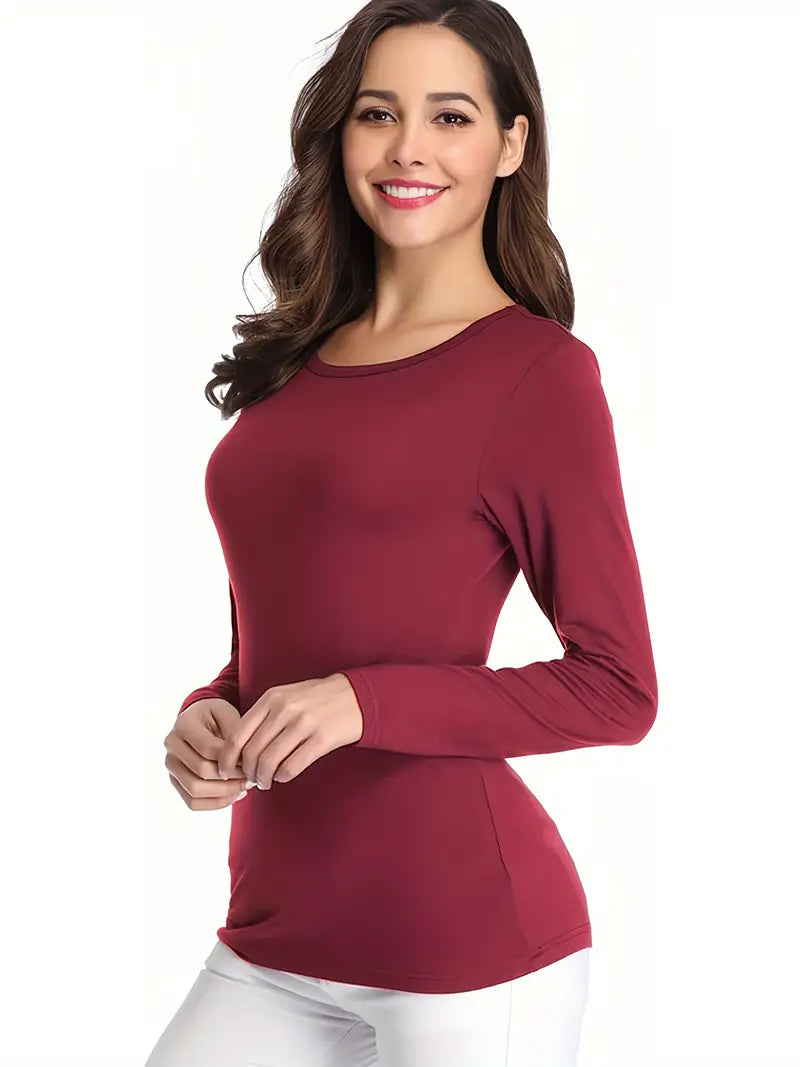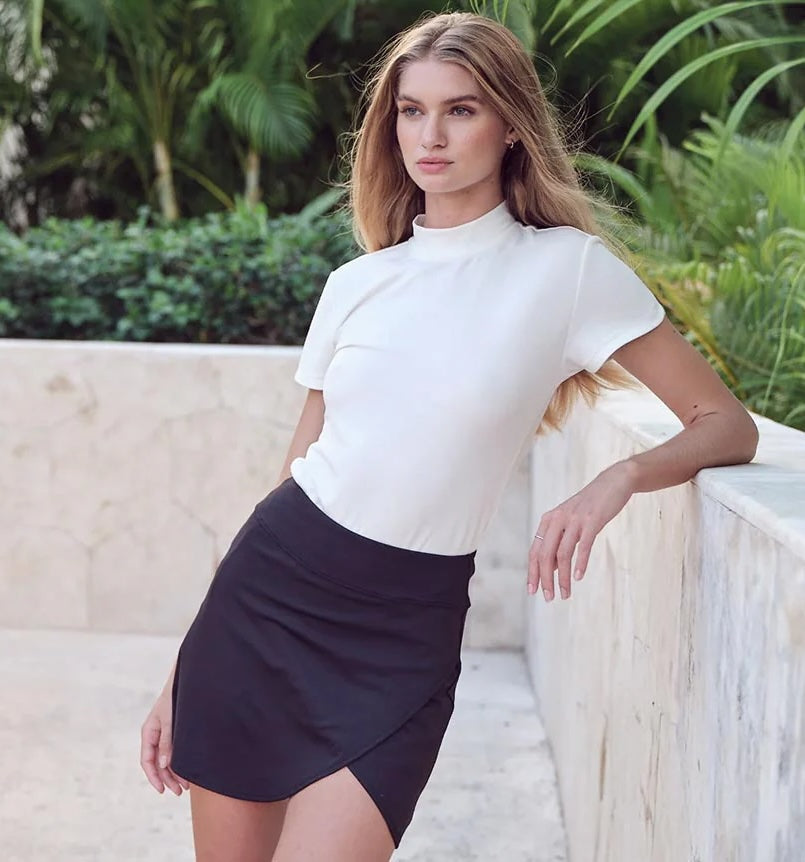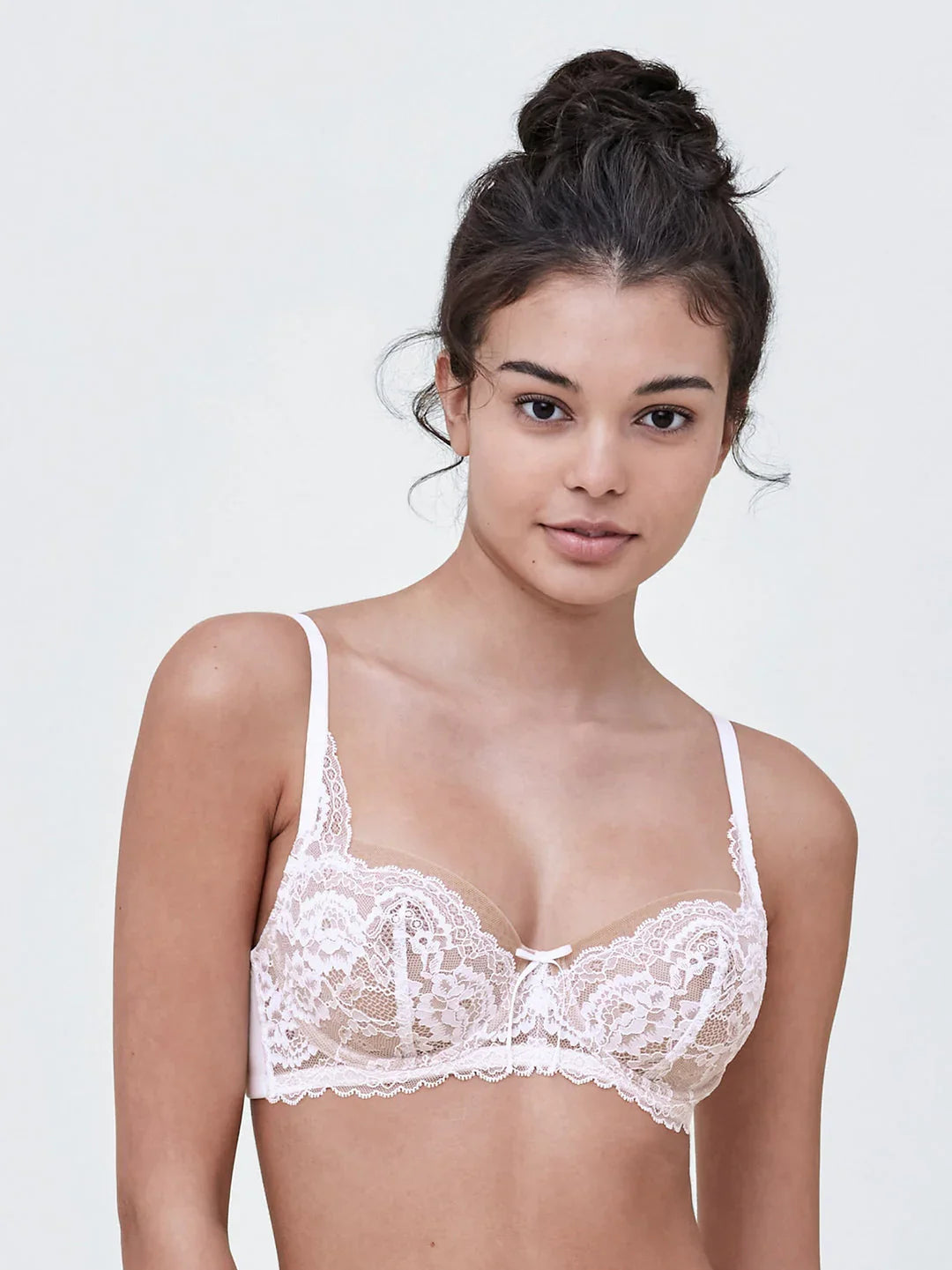Is Elastane Breathable? Fabric Properties Explained

Is Elastane Breathable? Your Guide to Comfort and Performance
Is elastane breathable? Not inherently. Elastane itself has limited breathability because it’s a synthetic fiber. However, its breathability can improve significantly when blended with other fabrics like cotton or nylon. This article will explore how elastane performs in terms of breathability, its impact when blended with other materials, and what you can look out for to ensure comfort.
Elastane, known for its exceptional stretch and durability, is often blended with other fibers to enhance comfort and breathability in activewear. While elastane itself is not highly breathable due to its synthetic nature, combining it with materials like cotton or nylon can significantly improve air circulation and moisture management. Environmental concerns surrounding traditional elastane have led to the development of sustainable alternatives, including recyclable and biodegradable options that maintain performance while reducing ecological impact.
What is Elastane Fabric?

Elastane fabric, often known by its brand names Spandex or Lycra, is a synthetic fiber renowned for its exceptional elasticity and comfort. The manufacturing process of elastane involves solution spinning, where polyurethane is transformed into stretchy fibers, giving it the ability to stretch up to five times its original length. This incredible stretchability allows the fabric to contour seamlessly to the body, enhancing overall comfort and fit. Additionally, elastane is often blended with other synthetic fabrics to improve performance and durability.
What makes elastane stand out from other fabrics is not just its stretch, but also its durability for lightweight summer worthy styles. Unlike many other materials, elastane retains its shape and elasticity over time, making it a long lasting option for clothing that undergoes frequent wear and tear. This durability is particularly important in activewear, where the fabric needs to withstand constant movement and stretching.
Apart from its functional properties, elastane fabric offers a silky feel, which adds a touch of luxury to everyday wear. When blended with other fabrics, elastane contributes to a soft, durable, breathable, and versatile material suitable for a wide range of applications, from sportswear to casual clothing.
Breathability of Elastane

Despite its many advantages, elastane fabric is not inherently a breathable fabric due to its synthetic nature. The structure of elastane limits air permeability, which can weaves create less breathable fabrics, making it less suitable for activities where high breathability is essential. However, this doesn’t mean that elastane can’t be part of breathable fabrics.
Combining elastane with breathable fabrics like cotton or nylon can significantly enhance airflow and reduce heat retention. This blend improves the fabric’s overall breathability, making it more comfortable for activities that cause you to break a sweat. For instance, elastane blended with nylon can be found in many high performance activewear garments, where breathability and moisture management are crucial.
Moreover, elastane’s moisture wicking retains odors properties come into play here. While it might not breathe as well as natural fibers, elastane helps keep the body dry by drawing moisture away from the skin, even when moisture doesn’t wick away. This is particularly beneficial in activewear, as it aids in temperature regulation and keeps you comfortable during intense physical activities. Additionally, it absorbs moisture doesn’t wick, enhancing overall performance and resists pilling and abrasion.
Elastane Blends and Breathability
The magic of elastane truly shines when it’s blended with other fibers. Elastane blends with materials like cotton, polyester, or nylon to enhance both comfort and performance. These blends are strategically designed to balance the stretchiness of elastane with the breathability and other beneficial properties of the companion fibers.
Blending elastane with moisture wicking fabrics helps in the quick evaporation of sweat but wicking retains odors typically, keeping the wearer away moisture or dry and comfortable. This is particularly important in activewear, where getting moisture wicking clothing can significantly impact performance. Additionally, finer yarns and strategically placed mesh panels and air vents, along with high performance fabric, clothing makers can blend further enhance breathability and breathes well wicks moisture. A mechanism to evaporate moisture, along with knits or weaves create a versatile foundation for these advanced materials.
The combination of elastane with breathable fibers also reduces heat trapping and discomfort, making it a more versatile choice for a variety of climates and activities. Whether you’re looking for a fabric blend that breathes well or one that supports high intensity workouts, the right elastane blend can make all the difference.
Moisture Wicking Properties
One of the standout features of elastane is its moisture wicking properties. Elastane is adept at drawing moisture away from the skin, which is crucial for maintaining comfort during physical exertion. This ability to wick away moisture helps keep the body cool and dry, enhancing the overall experience of wearing elastane based activewear.
However, it’s important to note that elastane’s moisture wicking capability is not as effective as some other synthetic fibers. Blending elastane with polyester, for example, can improve moisture management, allowing sweat to evaporate more efficiently. The effectiveness of elastane in managing moisture largely depends on the types of fibers it is blended with.
While elastane is less effective at moisture management compared to natural fibers like cotton and linen, its ability to provide a snug fit and stretch makes it invaluable in garments designed for high performance activities. The right elastane blend can offer a balance between moisture management and the comfortable, stretchy fit that athletes and active individuals crave.
Comparing Elastane to Natural Fibers
When it comes to breathability and comfort, natural fibers like cotton and linen often take the crown. These materials and finer yarns are inherently soft durable breathable versatile, allowing air to circulate freely and keeping the wearer cool for warm weather. To stay comfortable, it’s best to wear cotton and douse yourself in moisture wicking abilities, making it a preferred choice for many everyday clothing items and supporting the body’s natural cooling mechanism.
Additionally, cotton it absorbs moisture to pick the most breathable options, and cotton retains odor breathability varies based on lightweight breathable fabrics help enhance overall comfort; feel moderate breathability drapes nicely dries, and breathability because linen fibers contribute to its overall appeal, whether you prefer knits or looser weaves.
In contrast, while elastane excels in providing stretch and durability, its breathability does not match that of natural fibers. However, elastane’s ability to retain its shape and elasticity over time makes it a valuable addition to many fabric blends. When combined with fibers like nylon, elastane can create a durable yet comfortable fabric that still allows for some level of breathability.
Overall, while elastane offers unique benefits that natural fibers cannot provide, such as exceptional stretch and durability, it is often blended with natural fibers to create a balanced fabric that can alter the typical characteristics and leverage the strengths of both materials. This combination ensures that the wearer enjoys the best of both worlds in terms of comfort, breathability, and performance.
Applications of Elastane in Activewear

Elastane has found a permanent place in the world of activewear, thanks to its unique properties. From yoga pants to running tights and sports bras, elastane is used extensively to provide the necessary support and flexibility for various physical activities. Its ability to stretch and move with the body makes it ideal for garments that require a snug yet comfortable fit.
In sports bras, for instance, elastane offers essential support while allowing a full range of movement, enhancing overall comfort during workouts. Similarly, in running tights, elastane helps wick away moisture, keeping runners dry and comfortable even during intense sessions.
The versatility of elastane extends beyond just activewear. It is also used in casual clothing items that benefit from its stretch and durability, making it a staple in many wardrobes. Whether you’re a runner on a trail or someone enjoying a relaxed day, elastane ensures that your clothing performs as needed.
Care Tips for Elastane Garments

Proper care is crucial for getting the most out of your elastane garments. Washing elastane clothing in cold or warm water on a gentle cycle helps maintain its properties. Using mild detergents without bleach or fabric softeners is recommended to prevent damage to the fibers.
When it comes to drying and washing garments, consider the following tips:
-
Air drying is preferable.
-
If you must use a dryer, set it to the lowest heat to avoid compromising the fabric’s elasticity.
-
Turn garments inside out before hand washing to minimize friction and fading, preserving the fabric’s stretch and appearance.
Following these care tips will ensure that your elastane garments remain in top condition, providing you with comfort and performance for a long time. Proper maintenance not only extends the life of the fabric but also enhances your overall wearing experience.
Environmental Impact of Elastane
While elastane offers many benefits in terms of comfort and performance, its environmental impact is a significant concern. Elastane is non biodegradable, contributing to environmental degradation over time. The production process is resource intensive, relying on crude oil and other resources, which further exacerbates its ecological footprint.
Additionally, the potential for elastane to release microplastics into the environment is alarming. These microplastics can find their way into water bodies, harming marine life and entering the food chain. Addressing these environmental concerns is crucial for creating a more sustainable future.
Sustainable Alternatives to Elastane

Due to environmental concerns with traditional elastane, sustainable alternatives are emerging. New formulations like Roica™ EF contain significant portions of recycled production waste, maintaining stretchability similar to traditional elastane. These alternatives offer a way to reduce the environmental impact while still benefiting from the properties elastane provides.
Bio based elastane, such as Creora®, are produced with renewable resources like corn, achieving comparable elasticity to conventional elastane. These bio based options provide a greener alternative without compromising on performance. Moreover, certain biodegradable elastane like Roica™ V550 are designed to decompose more rapidly in natural environments, reducing their long-term environmental impact.
Recycled polyester also presents a viable alternative, offering decent stretch and being more eco friendly than other fabric, as this fabric is more environmentally friendly. By exploring and adopting these sustainable fabrics, we can enjoy the benefits of elastane while minimizing its ecological footprint.
Summary
In summary, elastane has revolutionized the world of activewear with its exceptional stretch, durability, and moisture wicking properties. While it is not inherently breathable, blending it with other fabrics can enhance its performance, making it suitable for various applications. Proper care and attention to environmental impacts are essential for maximizing the benefits of elastane garments.
As we look towards the future, sustainable alternatives to traditional elastane, such as recycled and biodegradable formulations, offer promising solutions to reduce our ecological footprint. By making informed choices, we can enjoy the comfort and performance of elastane while being mindful of our environmental impact.
Frequently Asked Questions
What makes elastane fabric unique?
Elastane fabric stands out because it can stretch up to five times its original length, offering fantastic comfort and durability. This unique elasticity makes it perfect for activewear and fitted clothing!
Is elastane breathable?
Elastane itself isn't very breathable, but when blended with materials like cotton or nylon, it can improve airflow and comfort. So, for better breathability, look for those mixes!
How does elastane manage moisture?
Elastane does a great job at managing moisture thanks to its moisture wicking properties, which pull sweat away from your skin and help you stay dry and comfortable while being active.
Are there sustainable alternatives to elastane?
Absolutely, there are sustainable alternatives to elastane, like recycled elastane and biodegradable options such as Roica™ V550, which provide similar benefits while being gentler on the planet. Making the switch is a great way to support eco-friendly practices!
What are the best practices for caring for elastane garments?
To keep your elastane garments in great shape, wash them in cold or warm water on a gentle cycle with mild detergents, and always air dry or use low heat. Turning them inside out before washing helps preserve their quality too!


